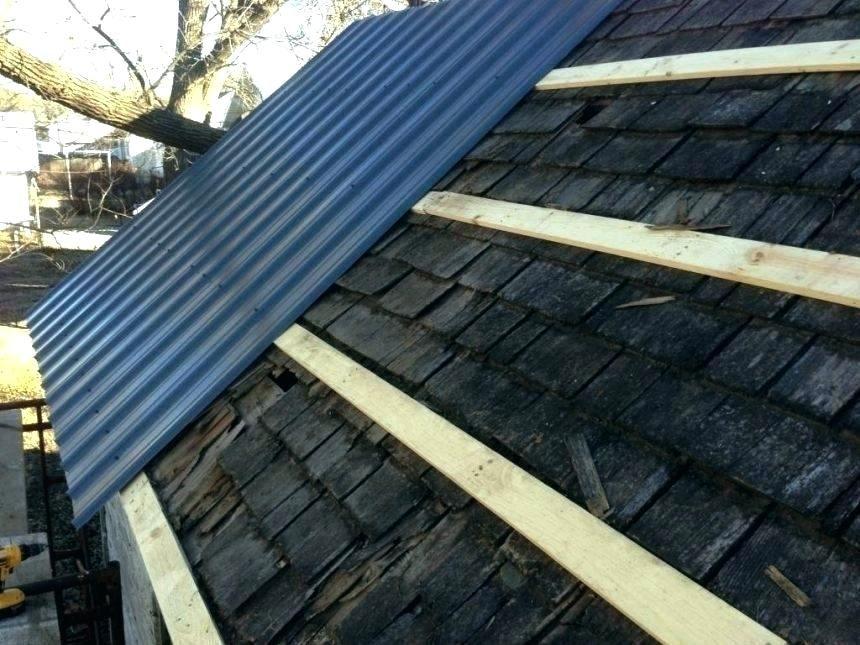Metal roofing is gaining popularity among homeowners for its durability, longevity, and energy efficiency. One common practice is installing a metal roof over existing shingles. While this method may seem convenient and cost-effective, it comes with potential problems and challenges that homeowners should be aware of. In this article, we will explore the risks and issues associated with installing a metal roof over shingles and the importance of proper planning and execution to avoid complications.

Voided Warranties
One of the primary concerns with installing a metal roof over shingles is that it may void the warranty of the metal roofing material. Most metal roofing manufacturers specify that their products should be installed directly on the roof deck for the warranty to remain valid. By installing the metal roof over existing shingles, homeowners risk losing the warranty coverage for the new roof.
Uneven Roof Surface
Installing a metal roof over shingles can create an uneven roof surface. Shingles differ in profile and thickness from metal panels, leading to an uneven substrate for the metal roof. Uneven surfaces can cause water pooling and reduce the effectiveness of the roof’s drainage system. Additionally, the unevenness may lead to premature wear and tear on the metal roof.
Trapped Moisture and Heat
When metal roofing is installed over shingles, there is a possibility of trapped moisture and heat between the two layers. Moisture can become trapped between the shingles and the metal panels, leading to rot, mold growth, and structural damage. Also, trapped heat raises attic temperature, impacting energy efficiency and causing discomfort in hot weather.
Weight Considerations
Metal roofing is generally lightweight, making it an attractive option for many homeowners. However, when installing a metal roof over shingles, the additional weight of the new roof layer should be taken into account. Shingles can add significant weight to the roof, and the structure must be evaluated to ensure it can safely support the added load.
Inspection and Repair Difficulties
Installing a metal roof over shingles can make it challenging to inspect and repair the underlying roofing materials. Any issues with the shingles, such as leaks or damage, may go unnoticed until they escalate into more significant problems. Moreover, repairs can be challenging due to difficult access beneath the metal roof, possibly requiring removal of metal panels.
Proper Planning and Execution
While there are potential problems with installing a metal roof over shingles, proper planning and execution can mitigate many of these issues:
- Consult a Professional: Before deciding to install a metal roof over shingles, consult a professional roofing contractor. They assess existing shingles, evaluate roof integrity, and recommend the best action.
- Address Underlying Issues: Ensure that any existing issues with the shingles are resolved before installing the metal roof. Repair any leaks, replace damaged shingles, and assess the overall condition of the roof deck.
- Consider Tear-Off: In some cases, it’s better to tear off old shingles before installing the metal roof. This allows for a fresh start and eliminates potential problems associated with installing over shingles.
- Follow Manufacturer Guidelines: Follow the manufacturer’s guidelines for a warranty-friendly metal roof installation over shingles.
Conclusion
While installing a metal roof over shingles may seem like a convenient option, it comes with potential problems that homeowners should carefully consider. Voided warranties, uneven roof surfaces, trapped moisture and heat, weight considerations, and inspection difficulties are among the challenges associated with this method. Consult a professional roofing contractor, address issues, and consider a complete tear-off to avoid complications during metal roof installation. With these steps, homeowners can enjoy a durable, long-lasting metal roof without compromising their roofing system’s integrity.



Leave a Reply